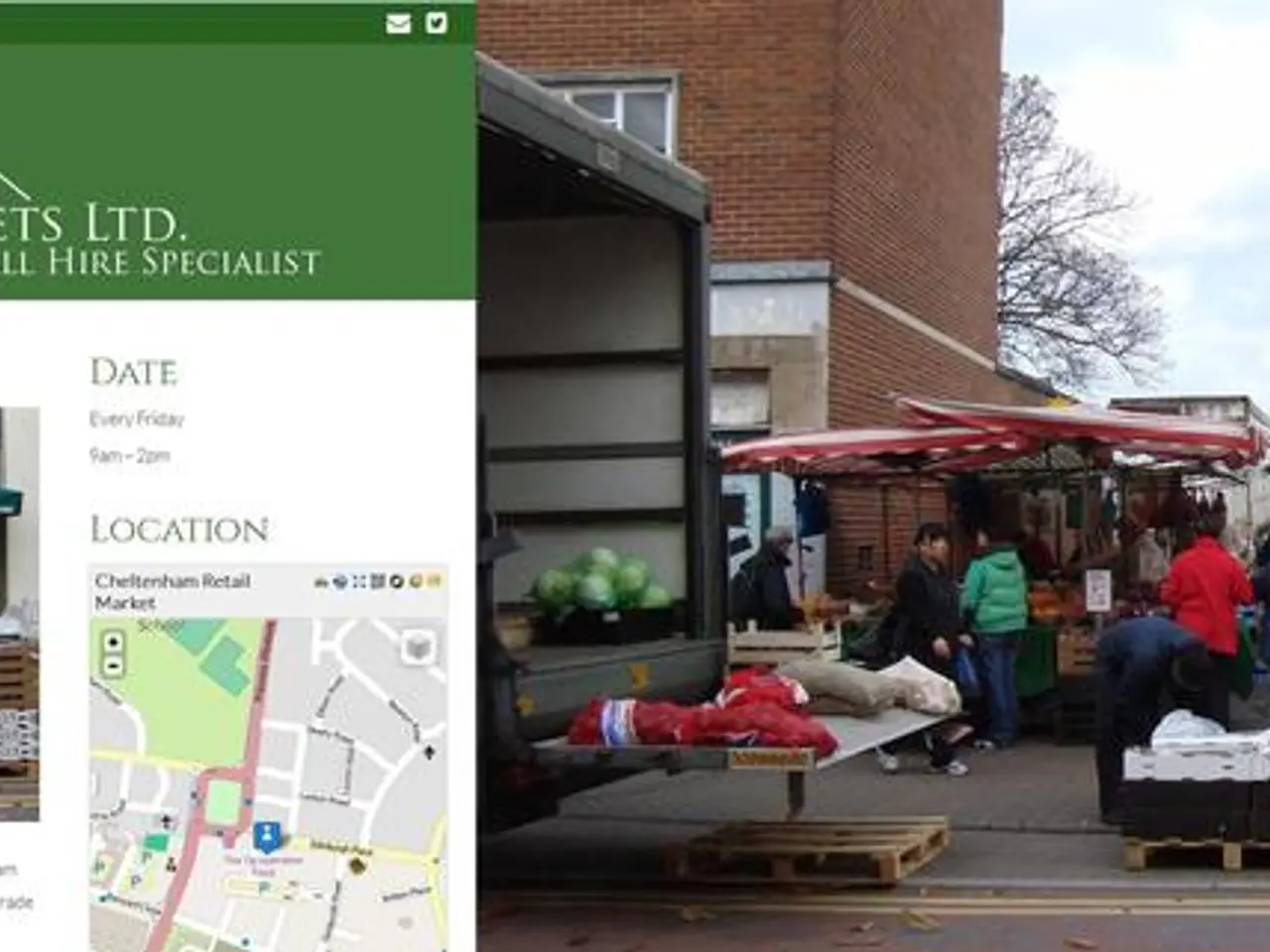Exploring Hyperinflation: Origin, Consequences, and Readiness Strategies
In the world of economics, hyperinflation stands out as one of the most severe and destructive phenomena. This rapid and uncontrolled increase in the general price level, often leading to extreme inflation, can have catastrophic consequences for a country's economy and its citizens.
Hyperinflation is typically triggered by war, natural disasters, or political corruption. It can make it difficult for a country to meet its financial obligations or produce goods and services, as consumer prices skyrocket. Countries that have experienced the most severe cases of hyperinflation include Germany (during the Weimar Republic in 1922–23), Venezuela, Zimbabwe, Argentina, and Sudan.
These episodes resulted in catastrophic economic consequences such as the collapse of currency value, extreme scarcity of goods, widespread poverty, political instability, and long-term economic damage.
Let's delve into some key examples and their impacts:
- Weimar Republic (Germany, 1922–23): Hyperinflation peaked with one US dollar equal to over 4 trillion German marks in late 1923. This extreme devaluation wiped out savings and rendered the currency nearly worthless. The crisis impoverished millions, destabilized the economy, wiped out many debts, and contributed to severe political unrest that helped pave the way for the rise of the Nazi Party. The government addressed this by introducing a new currency, the Rentenmark, to stabilize the economy by 1924.
- Venezuela (recent): Venezuela’s crisis is among the most extreme modern examples, with inflation reaching over 130,000% in 2018 and still at 190% in 2023. The country’s dependence on oil revenue, economic mismanagement, corruption, and sanctions led to economic collapse, shrinking output, scarcity of food and medicine, and severe humanitarian challenges. Though some sanctions relief in 2023 has raised hopes, the economy remains fragile.
- Zimbabwe: Zimbabwe has experienced hyperinflation rates exceeding 170% recently, continuing a history of fiscal challenges. This led to the collapse of the Zimbabwean dollar, loss of purchasing power, and economic instability similar to Venezuela’s situation.
- Argentina: While not always reaching classical hyperinflation levels, Argentina has had inflation rates close to 100%, demonstrating persistent financial volatility that undermines growth and living standards.
- Sudan: Experiences high inflation rates around 70%, contributing to economic difficulties linked with political instability and economic sanctions.
Other historical cases of severe hyperinflation, such as post-World War II Hungary and more, also had devastating economic effects but are less mentioned in the recent data.
The impact of hyperinflation in these countries includes:
- Currency collapse, making normal commerce challenging.
- Erosion of savings and real incomes, leading to widespread poverty.
- Severe shortages of basic goods due to price instability and economic dysfunction.
- Political instability arising from economic grievances.
- Long-term damage to economic institutions and loss of investor confidence.
These crises often follow governmental fiscal mismanagement, excessive money printing, external shocks, and in some cases punitive reparations or sanctions.
In the case of Yugoslavia, during a prolonged episode of hyperinflation in the 1990s, the economy was forced into bartering for goods, and the government controlled production and wages, leading to food shortages and a drop in incomes. Zimbabwe entered a period of hyperinflation in March 2007, with a daily inflation rate of 98% until early 2009, caused by the government printing money to pay for expenses resulting from borrowing, war involvement, and development projects.
To prevent such economic catastrophes, the Federal Reserve has tools to prevent hyperinflation from occurring, and it will implement any monetary policy tools allowed to ensure that it doesn't happen if economists in the U.S. see signs on the horizon. However, it is doubtful that the U.S. will experience hyperinflation unless economic circumstances become very dire.
In the wake of hyperinflation, personal finance can be severely impacted, as seen in Venezuela where inflation reached over 130,000% in 2018, eroding savings and causing widespread poverty. Investing in traditional financial markets might be challenging due to the unpredictable financial landscape, as observed in Zimbabwe where the Zimbabwean dollar collapsed due to hyperinflation exceeding 170%. Defi (decentralized finance) tokens could potentially provide more stable investment opportunities during times of hyperinflation, given their decentralized nature and transparency. In the aftermath of hyperinflation, rebuilding personal finance and restoring confidence in the economy may require intense focus and innovative solutions.




